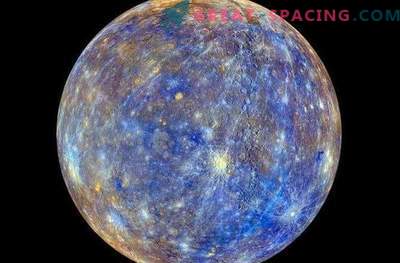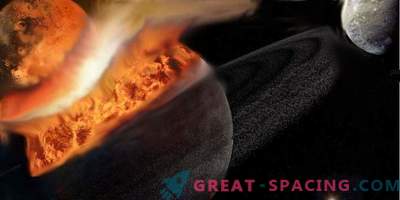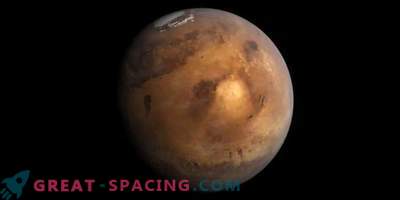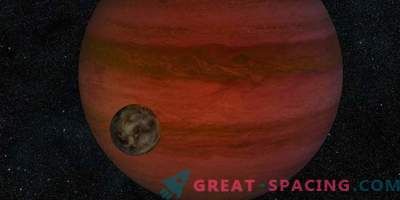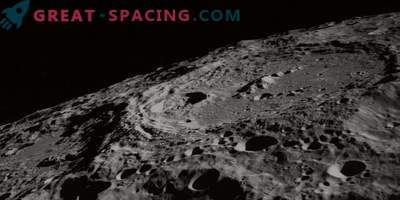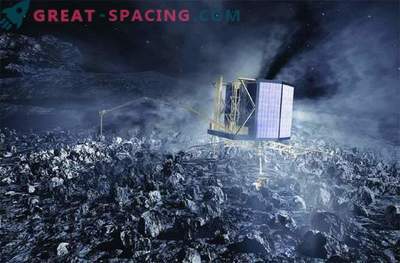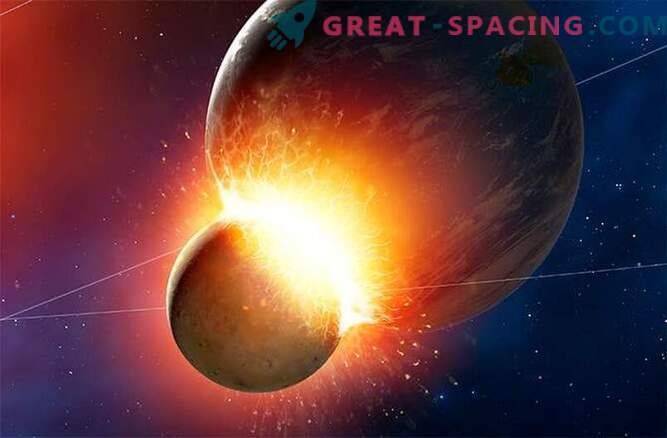
According to recent studies, a dwarf planet, which scientists believe, crashed into the Earth, forming a cloud of debris from which the Moon later formed, had an identical chemical composition with Earth.
The discovery, published in Nature this week, helps solve a long-standing mystery about why the Earth and the Moon are twins in terms of composition. After all, computer models show that most of the material from which the moon was formed is the remains of a planetary body, called Theia, which should have a slightly different composition than the Earth.
“For 30 years this contradiction was a serious problem for physicists. It was hoped that new computer models would help solve this problem, but it turned out that modern models gave essentially the same results,” says astronomer Alessandra Mastrobuono-Battisti, of Israeli
Using advanced computer simulation techniques, Mastrobouon-Battisti and her colleagues, dozens of times modeled the process of forming planets at a late stage, each time from 85 to 90 planetary embryos and from 1000 to 2000 planetozimals extending from Mercury to Jupiter. Each simulation, ranging from 100 to 200 million years, as a rule, gave from 3 to 4 rocky planets formed as a result of a collision of embryos and planetozymes. By studying the scenario of the formation of the moon, scientists estimate the likelihood that Theia and the Earth had the same chemical composition.
"Our research raises this issue for the first time and we are currently studying it. But you should always be careful, based on assumptions with limited data," she added.
Documents published in Nature are based on a slight deviation in the tungsten isotope found on Earth and the Moon, which continues to raise questions regarding the formation of the Moon.
"It is unlikely, but not impossible, that two different objects developing separately have the same composition of the tungsten isotope," said astronomer Richard Walker of the University of Maryland.
"I think the moon was formed as a result of a giant blow. I do not think we have a better alternative," he added.

